Act Now - Limited Time Offer
$67 Pest Control

Jakob Beltran
Pest Control Technician
Jonathan Mitchell
Pest Control Technician
Jackie Murphy
Sales Representative
The American dog tick, also known as the wood tick, is prevalent across the U.S. except in the Rocky Mountain area. These brown ticks with grayish-white markings can grow from 3/16” to 5/8” when engorged. Their bodies are oval and flat, with larvae having six legs and adults eight.
They usually feed on dogs but can also bite humans, transmitting diseases like Rocky Mountain spotted fever. The highest exposure risk is in spring and early summer. Checking pets regularly and keeping lawns tidy can reduce the chance of tick infestations.
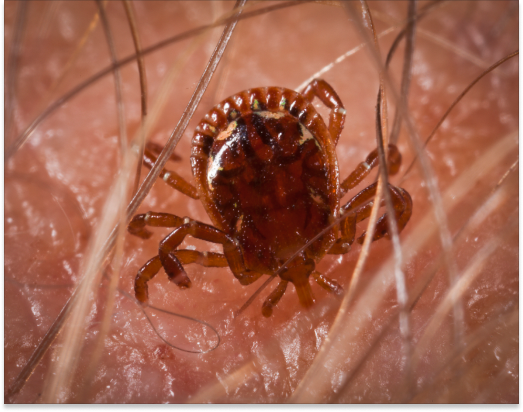
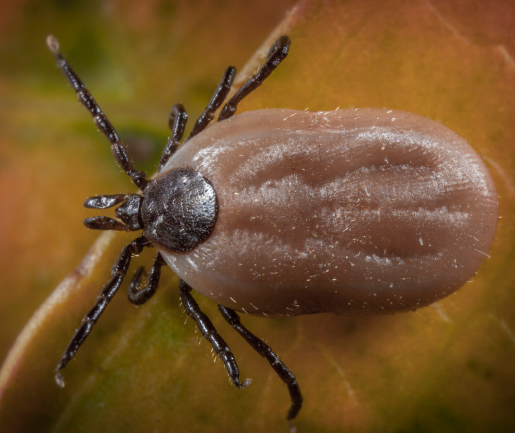
Brown Dog Ticks, characterized by their reddish-brown color, often target dogs and are particularly prevalent in warmer climates like California. In the absence of dogs, these ticks can also bite humans.
Adult Brown Dog Ticks measure around 1/8″ but can swell to 1/2″ after feeding. They have six legs as larvae, transitioning to eight legs as nymphs and adults. Removing ticks from pets immediately is key to preventing health issues. Routine pet checks and maintaining clean surroundings can minimize tick populations.
Pacific Coast ticks are often found in shrublands and trails from Oregon to Baja California, making them common in Sacramento’s outdoor areas. These ticks are most active during cooler months, particularly April and May. They feed on a wide range of hosts, with adults preferring large mammals like deer, horses, and cattle, though they also bite dogs and humans.
These ticks transmit diseases like Rocky Mountain spotted fever, tularemia, and bovine anaplasmosis. Tick-bite paralysis has also been observed in livestock. Around 11% of adult ticks carry bacteria responsible for Pacific Coast tick fever, a condition that mimics Rocky Mountain spotted fever.
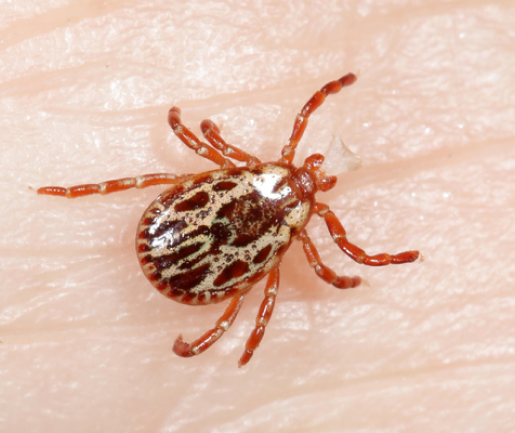
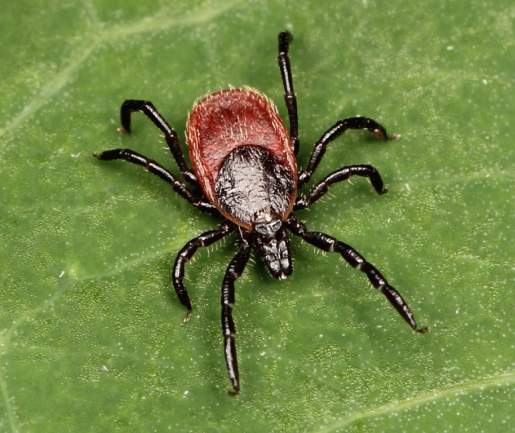
The Western Black-Legged Tick is widely found along the Pacific Coast, stretching into British Columbia, and serves as the primary Lyme disease carrier in this region. Common habitats include forests, grasslands, and areas near water, as well as scrubby environments. This species is closely related to the Eastern Black-Legged Tick but primarily resides on the West Coast.
Adult ticks are most active from early winter through early summer, while nymphs peak in April through June. These nymphs feed on small creatures such as rodents and lizards and rarely bite humans or pets. Regular yard maintenance, including clearing debris, can help reduce their presence.
Sacramento Pest Control starts tick control with a comprehensive inspection of your property. Our technician will search for common tick habitats like tall grass, shrubs, and shaded areas, ensuring every potential hotspot is addressed.
We’ll also inspect areas where pets frequently roam, as ticks often gather in these places. This thorough inspection is the foundation of our customized treatment plan, which ensures your yard is free of ticks and safe for your family and pets.


We start our tick control service by discussing your requirements—whether indoor, outdoor, or both treatments are needed. For pet owners, we recommend treating both spaces for thorough protection. This customized approach ensures the best plan for your home.
Next, our technician will inspect your yard, identifying tick-prone areas. We treat up to half an acre with moisture-activated granules for long-lasting results. Larger properties can receive additional coverage at a small extra cost. Indoors, we apply the treatment with a B&G sprayer for maximum effectiveness.
We provide a free two-week follow-up after the initial tick treatment to ensure that any newly hatched ticks are dealt with. Our technician will inspect the treated areas, both indoors and outdoors, for any signs of ticks.
If necessary, we’ll reapply treatments to break the tick life cycle and prevent new infestations. We’re dedicated to keeping your home and yard tick-free for the comfort of your family and pets.

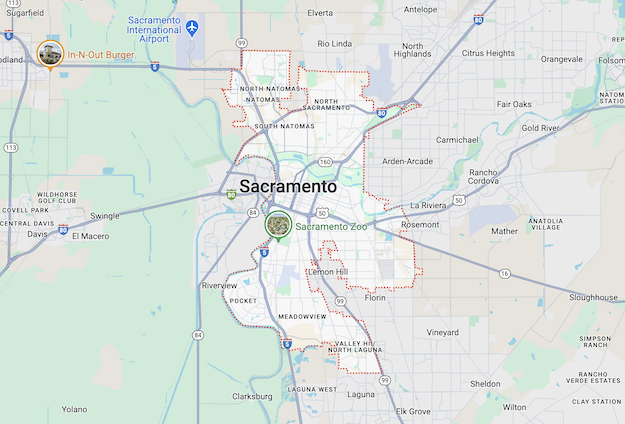
Limited time offer! Get $50 off your first pest control service.

Barrier Services
Sacramento Office
© Sacramento Pest Control 2024